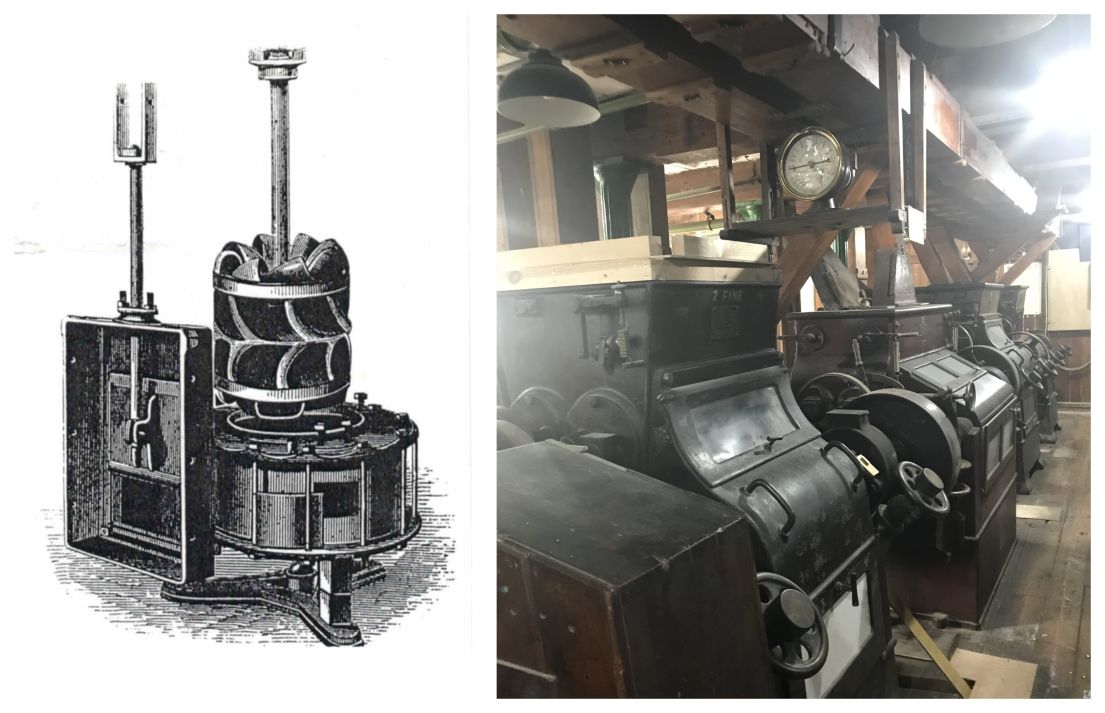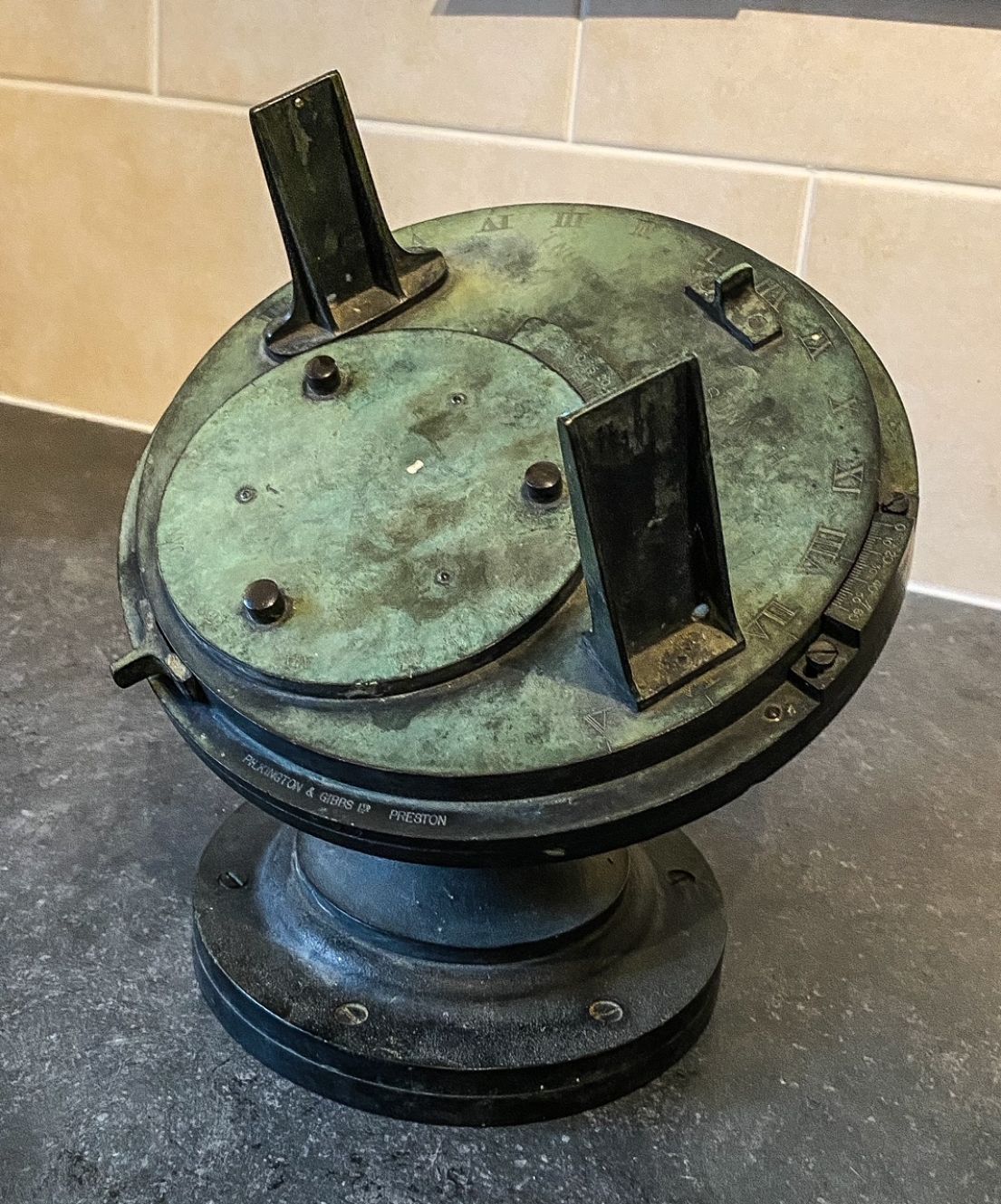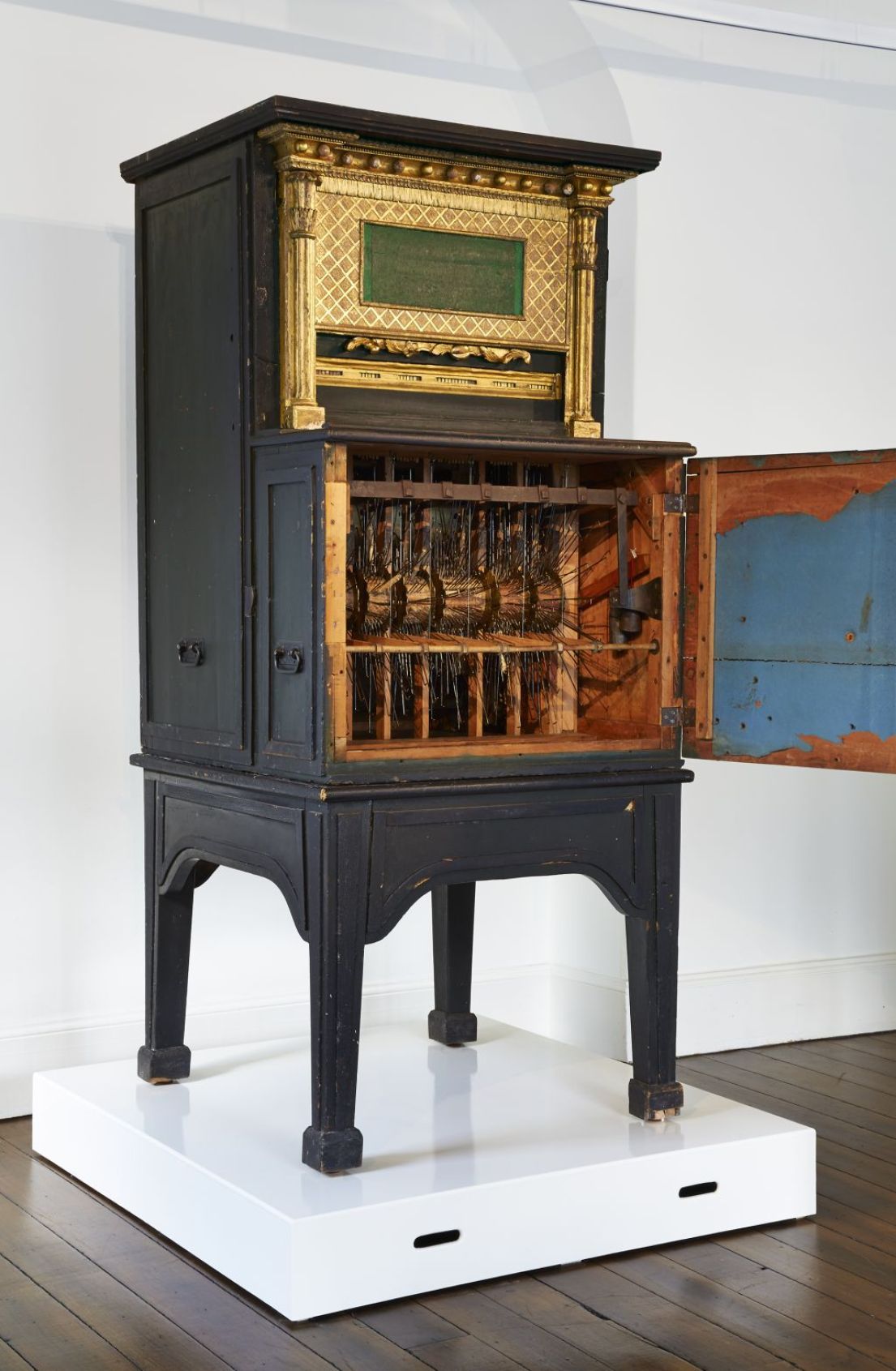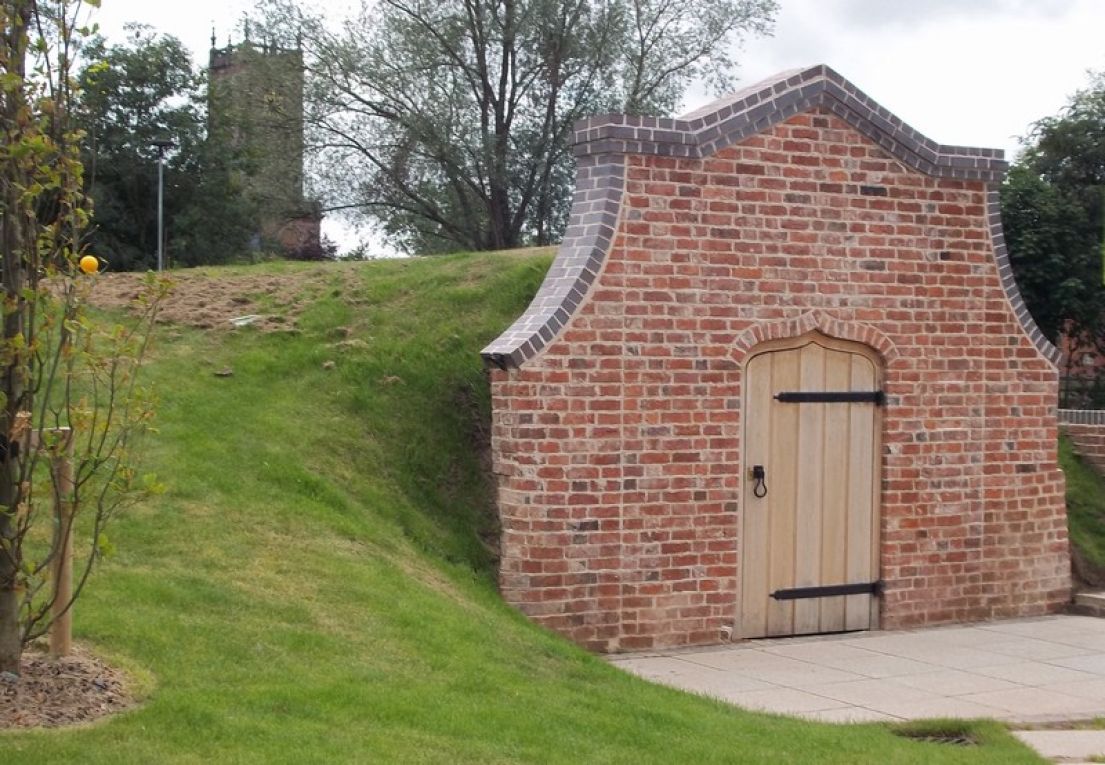
Everyday wonder – The ice house
I’m sat in fingerless gloves like Bob Cratchit to type this as it’s the Big Freeze out there, so this invention would be easy to overlook, but fridges (and their predecessors) truly changed our lives. Allowing us to store food for longer meant people didn’t have to go out to forage every day. Packing things in ice also meant exotic foodstuffs could be transported over longer distances. Plus – it made ice cream possible for those hot summer days! Before the white boxes in our kitchens though, there were these wonderful structures - ice houses. Usually designed with small entrances and a passage leading you deeper into a windowless space, often with sections underground or built into a hillside to keep them dark and cold year round. Blocks of ice could be stored here in layers packed with straw or sawdust to keep them freezing together. Not all ice houses are the same though – you’ll find warehouse scale ones by the coast used to store and pack fish ready for transportation, as well as really quite fancy ones on historic house estates. Or, if you happen to be walking round the northern part of York, take a peek over the wall on the north side – that little brick igloo is an ice house from the early 1800s!
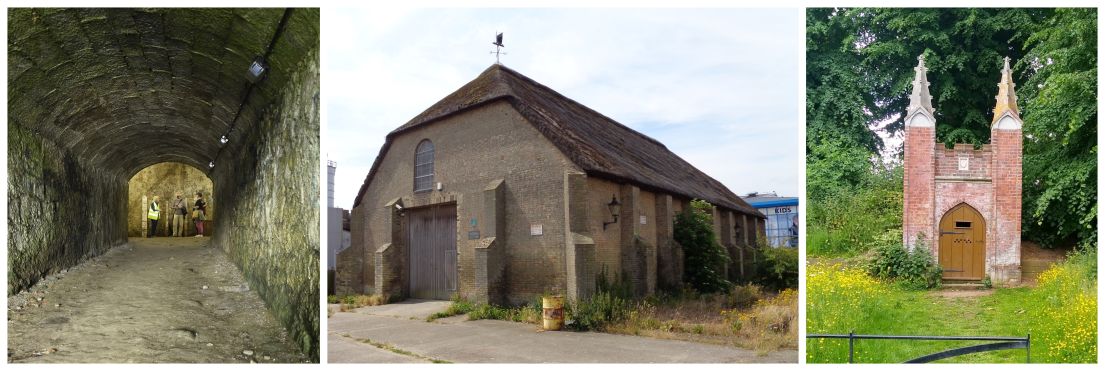
Sustainable energy – The roller mill
(not so) Natural beauty – The 'Otley Phlox'
Marking time – The heliochronometer
Wonderfully odd - The latin verse machine
Many thanks to all our organisers for their stories, particularly for this post: Berwick HODs / Out There Arts / Whitchurch Museum & Archives / Ladybelt Country Park / Caudwell's Mill Trust Ltd / The Otley Courthouse Project / Otley in Bloom / Preston & District Astonomical Society / Alfred Gillett Trust.
Look out for more extra-ordinary stories as we uncover the history of creativity with next year's festival theme: Creativity Unwrapped!
Find out more
- Got a story/place to share? - Find out how you can join our festival community
- Newsletter - Sign up for regular updates on the festival and beyond

